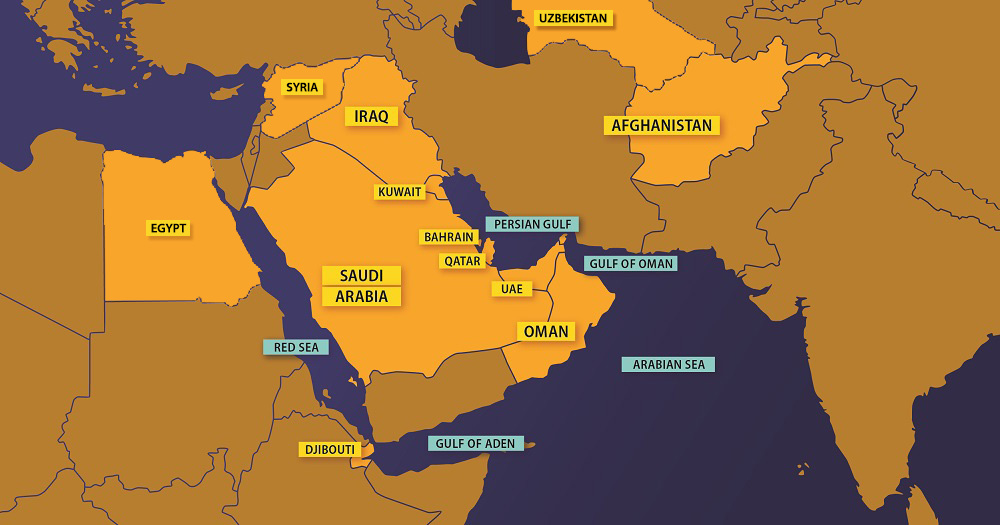Continued Radiation Burns in the Virginia
Attention A T users. To access the menus on this page please perform the following steps. 1. Please switch auto forms mode to off. 2. Hit enter to expand a main menu option (Health, Benefits, etc). 3. To enter and activate the submenu links, hit the down arrow. You will now be able to tab or arrow up or down through the submenu options to access/activate the submenu links.

Public Health
Menu


Airborne Hazards and Burn Pit Exposures
Read about presumptive conditions.
"Airborne hazard" refers to any sort of contaminant or potentially toxic substance that we are exposed to through the air we breathe. While on active duty, military service members may have been exposed to a variety of airborne hazards including:
- The smoke and fumes from open burn pits
- Sand, dust, and particulate matter
- General air pollution common in certain countries
- Fuel, aircraft exhaust, and other mechanical fumes
- Smoke from oil well fires

VA understands that many Veterans are especially concerned about exposure to the smoke and fumes generated by open burn pits.
In Iraq, Afghanistan, and other areas of the Southwest Asia theater of military operations, open-air combustion of trash and other waste in burn pits was a common practice. The Department of Defense has now closed out most burn pits and is planning to close the remainder.
Depending on a variety of factors, you may experience health effects related to this exposure. Factors that may indicate you have a greater or lesser risk of short or long-term health effects include:
- Types of waste burned
- Proximity, amount of time, and frequency of exposure
- Wind direction and other weather-related factors
- Presence of other airborne or environmental hazards in the area
Researchers, including experts at VA, are actively studying airborne hazards like burn pits and other military environmental exposures. Ongoing research will help us better understand potential long-term health effects and provide you with better care and services.
Many health conditions related to these hazards are temporary and should disappear after the exposure ends. Other longer-term health issues may be caused by a combination of hazardous exposures, injuries, or illnesses you may have experienced during your military service including blast or noise injuries.
Presumptive Conditions for Airborne Hazards and Burn Pit Exposures

The following are presumptive conditions:
- Brain cancer
- Gastrointestinal cancer of any type
- Glioblastoma
- Head cancer of any type
- Kidney cancer
- Lymphatic cancer of any type
- Lymphoma of any type
- Melanoma
- Neck cancer
- Pancreatic cancer
- Reproductive cancer of any type
- Squamous cell carcinoma of the larynx
- Squamous cell carcinoma of the trachea
- Adenocarcinoma of the trachea
- Salivary gland-type tumors of the trachea
- Adenosquamous carcinoma of the lung
- Large cell carcinoma of the lung
- Salivary gland-type tumors of the lung
- Sarcomatoid carcinoma of the lung
- Typical and atypical carcinoid of the lung
- Respiratory (breathing-related) cancer of any type

- Asthma that was diagnosed after service
- Chronic bronchitis
- Chronic obstructive pulmonary disease (COPD)
- Chronic rhinitis
- Chronic sinusitis
- Constrictive bronchiolitis or obliterative bronchiolitis
- Emphysema
- Granulomatous disease
- Interstitial lung disease (ILD)
- Pleuritis
- Pulmonary fibrosis
- Sarcoidosis
Read about burn pit and other toxic exposures that are now presumptions related to the PACT Act.
Read about eligiblity for free VA health care as a post-9/11 combat Veteran.
Join the Registry

We encourage all Veterans who are eligible to participate in VA's Airborne Hazards and Open Burn Pit Registry (AHOBPR). By joining the registry, you can provide information that can help us better understand the long-term effects of burn pit exposures. Even if you have not experienced any symptoms or illnesses you believe are related to burn pit exposure, your participation could help VA provide better care to all Veterans
- Participation in the registry does not mean you are applying for VA disability benefits or health care. To apply for VA disability compensation, please go to compensation. To apply for VA health care treatment, please go to health care.
- You can save and submit your registry questionnaire and notes from the optional health evaluation support your claim.
- You do not have to participate in the registry to be enrolled in VA health care or file a VA claim.
- You can participate even if you do not recall any exposure to airborne hazards during your military service at an eligible location.
Visit the registry page to learn more about eligibility and how to get started.
Open Burn Pits – What Was Burned
Waste products commonly disposed of in open burn pits include:
- Chemicals, paint, medical and human waste
- Metal and aluminum cans
- Munitions and unexploded ordnance
- Petroleum and lubricant products
- Plastics, rubber, wood, and food waste
Exposure to smoke created by burning these materials may cause irritation and burning of eyes or throat, coughing, breathing difficulties, skin itching or rashes. Many of these conditions are temporary and resolve on their own when the exposure ends. However, if you were closer to burn pit smoke or were exposed for longer periods of time, you may be at greater risk for longer-term health conditions.
Additional Information
Please refer to the resources below for additional information:
- Sand, Dust, and Particulate Exposure (VA Public Health Site)
- War Related Illness and Injury Study Center (WRIISC) Training for Health Care Providers
- Military Exposures Newsletter (VA Public Health Site)
To learn more about other types of military exposures, visit the military exposures homepage.
Download free viewer and reader software to view PDF, video and other file formats.
Source: https://www.publichealth.va.gov/exposures/burnpits/
0 Response to "Continued Radiation Burns in the Virginia"
Post a Comment